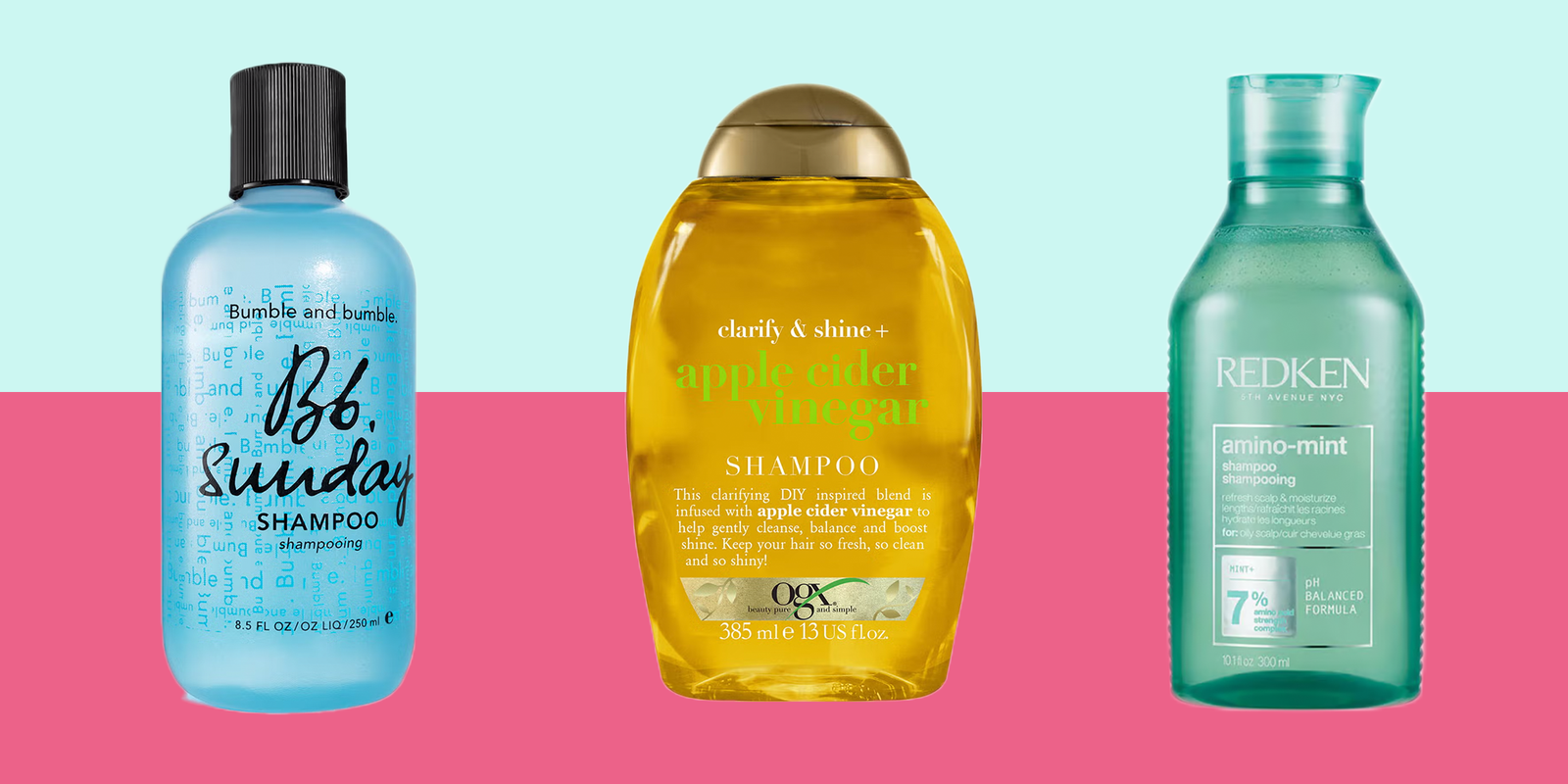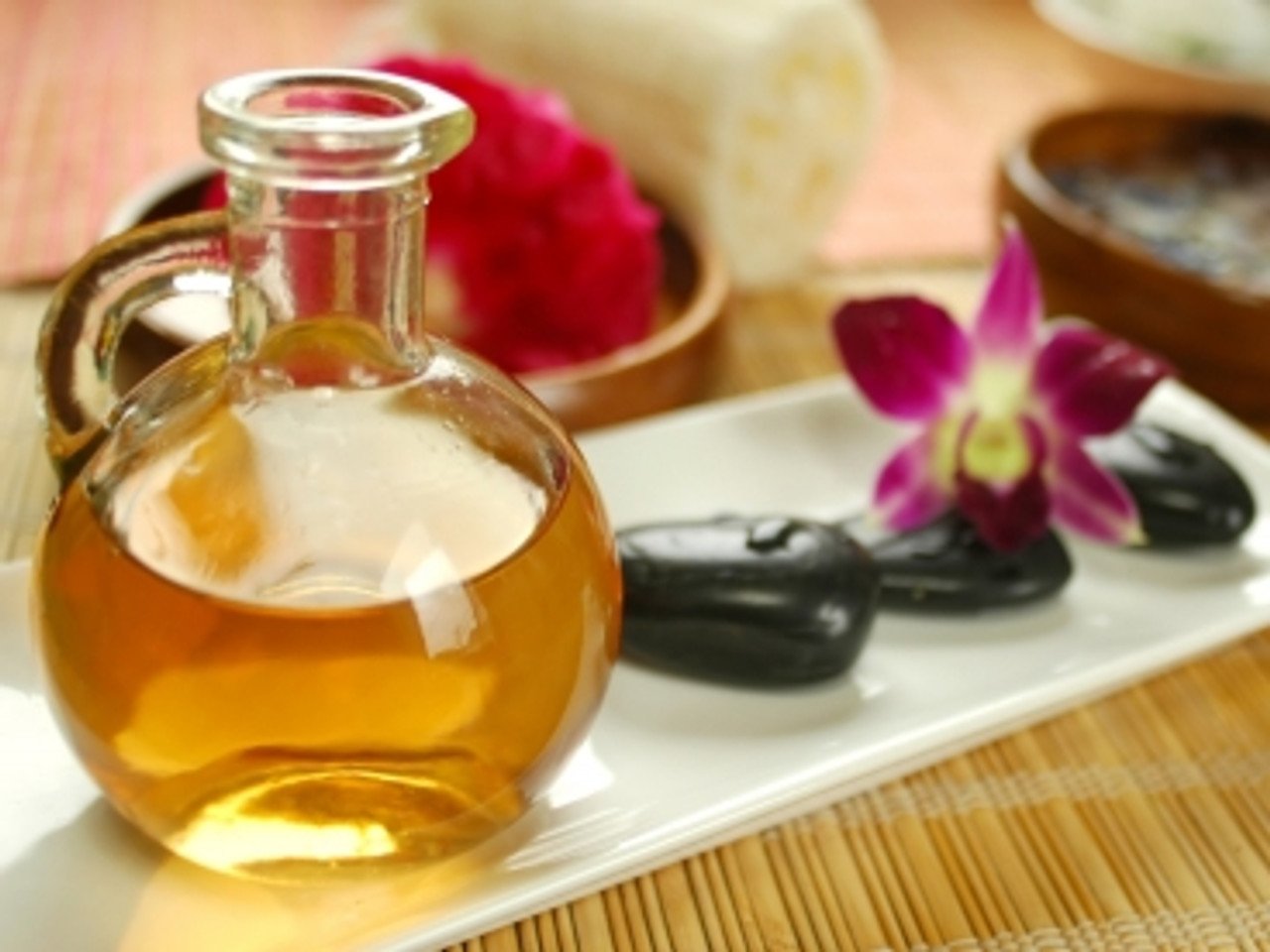In recent years, the popularity of essential oils and aromatherapy has skyrocketed, especially in the realm of wellness. People are increasingly turning to these natural remedies to enhance their relaxation and healing experiences. One of the most effective ways to harness the benefits of essential oils is through massage therapy. In this post, we’ll explore how essential oils interact with the body during a massage, enhancing both physical and emotional well-being. So, whether you’re a seasoned massage enthusiast or just curious about incorporating essential oils into your self-care routine, you’re in the right place!
Understanding Essential Oils
Definition and Origin
Essential oils are concentrated extracts derived from plants, capturing their aromatic compounds and unique properties. These oils can be extracted through various methods, such as distillation and cold pressing. Each essential oil carries the essence of the plant, making them powerful tools in aromatherapy. Click on the link for comparing carrier oils and essential oils.
Types of Essential Oils
Several essential oils are commonly used in massage, each with its own unique scent and benefits. For example, lavender is well-known for its calming effects, while eucalyptus offers a refreshing aroma that promotes clearer breathing. Understanding these oils can help you select the right ones for your massage experience.
How Essential Oils Enhance Massage Effects
Chemical Composition of Essential Oils
The therapeutic effects of essential oils are largely due to their chemical composition. For instance, compounds like terpenes and esters interact with the body’s systems to create various beneficial effects. When used in massage, these oils can enhance relaxation, alleviate pain, and even improve mood.
Emotional and Mental Impact
Our sense of smell is incredibly powerful and can significantly affect our mental state. For example, lavender essential oil is renowned for its calming properties, making it a popular choice for those seeking stress relief. The emotional and mental benefits of essential oils can elevate the entire massage experience, leaving you feeling refreshed and rejuvenated.
Physical Benefits
In addition to their emotional benefits, essential oils also offer physical advantages. Oils like peppermint are great for relieving muscle soreness, while eucalyptus can provide a cooling effect on the skin. These targeted oils can complement the massage technique, making the session even more effective.
The Connection Between Scent and Experience
The Olfactory System
The olfactory system, responsible for our sense of smell, plays a crucial role in how we perceive scents and their effects on our emotions. When we inhale essential oils, they travel to the olfactory receptors in our nose, which then send signals to the brain. This connection can trigger emotional responses and influence our mood, making aromatherapy an essential aspect of massage therapy.
Memory and Emotions
Scents are deeply connected to memory. Ever noticed how a particular aroma can evoke a specific memory or feeling? This phenomenon can significantly enhance the massage experience. For instance, the scent of sandalwood might remind you of a peaceful vacation, contributing to a deeper sense of relaxation during your massage.
Popular Essential Oils and Their Benefits
Now that we’ve established how essential oils affect the body during massage, let’s dive into some popular options and their benefits:
Lavender: This beloved essential oil promotes relaxation, reduces anxiety, and is known for its calming properties.
Peppermint: Great for muscle soreness, peppermint invigorates the senses and provides a refreshing sensation.
Eucalyptus: Ideal for respiratory relief, eucalyptus offers a cooling effect that can help clear the airways.
Frankincense: Known for enhancing mood and reducing stress, frankincense can also aid in deepening meditation during your massage.
Safety Considerations
While essential oils offer numerous benefits, it’s essential to use them safely.
Dilution and Application
Before using essential oils in massage, they should be diluted with a carrier oil, such as coconut or almond oil. This not only ensures that the essential oils are safe for topical application but also enhances their absorption into the skin.
Skin Sensitivity
Everyone’s skin is different, so it’s crucial to be aware of potential allergic reactions. A patch test can help determine if a particular essential oil may cause irritation.
Contraindications
Certain essential oils should be avoided during pregnancy or for individuals with specific medical conditions. Always consult a healthcare professional if you’re unsure about which oils to use.
Incorporating Essential Oils into Your Massage Routine
Tips for Practitioners
Massage therapists can elevate their practice by carefully selecting and blending essential oils tailored to each client’s needs. Consider discussing preferences with clients before sessions to ensure a personalized experience.
At-Home Applications
For those who enjoy DIY projects, creating your own massage oil blends can be a fun and rewarding experience. Simply mix your chosen essential oils with a carrier oil, and you’re ready to enjoy a relaxing self-massage at home!
Conclusion
In conclusion, essential oils play a significant role in enhancing the benefits of massage therapy. By understanding how these oils interact with the body and the mind, you can create a more enriching experience for yourself or your clients. So why not explore the world of aromatherapy during your next massage session? You might just discover a new level of relaxation and rejuvenation!









